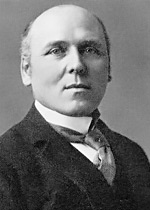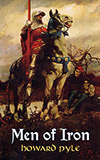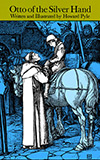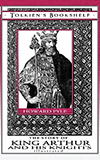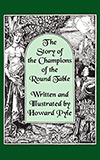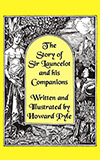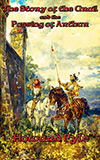Howard Pyle
| Full Name: | Howard Pyle |
| Born: | March 5, 1853 Wilmington, Delaware, United States |
| Died: | November 9, 1911 Florence, Italy |
| Occupation: | Illustrator, author |
| Nationality: | American |
| Links: |
|
Biography
Howard Pyle was an American illustrator and author, primarily of books for young people. He was a native of Wilmington, Delaware, and he spent the last year of his life in Florence, Italy.
In 1894, he began teaching illustration at the Drexel Institute of Art, Science, and Industry (now Drexel University). After 1900, he founded his own school of art and illustration named the Howard Pyle School of Illustration Art. Scholar Henry C. Pitz later used the term Brandywine School for the illustration artists and Wyeth family artists of the Brandywine region, several of whom had studied with Pyle. Some of his more notable students were N. C. Wyeth, Frank Schoonover, Elenore Abbott, Ethel Franklin Betts, Anna Whelan Betts, Harvey Dunn, Clyde O. DeLand, Philip R. Goodwin, Thornton Oakley, Violet Oakley, Ellen Bernard Thompson Pyle, Olive Rush, Allen Tupper True, Elizabeth Shippen Green, Arthur E. Becher, William James Aylward, and Jessie Willcox Smith. Pyle taught his students at home and studio in Wilmington, which is still standing and is listed on the National Register of Historic Places.
His 1883 classic publication The Merry Adventures of Robin Hood remains in print, and his other books frequently have medieval European settings, including a four-volume set on King Arthur. He is also well known for his illustrations of pirates, and is credited with creating what has become the modern stereotype of pirate dress. He published his first novel Otto of the Silver Hand in 1888. He also illustrated historical and adventure stories for periodicals such as Harper's Magazine and St. Nicholas Magazine. His novel Men of Iron was adapted as the movie The Black Shield of Falworth (1954).
Pyle travelled to Florence, Italy in 1910 to study mural painting. He died there in 1911 of a sudden kidney infection (Bright's Disease).
Pyle was widely respected during his life and continues to be well regarded by illustrators and fine artists. His contemporary Vincent van Gogh wrote in a letter to his brother Theo that Pyle's work "struck me dumb with admiration."
Pyle's reputation stems from his innovation in form and illustration, creating an American school of illustration and art, and for the revival of children's books. Twentieth-Century Literary Criticism notes:
"As time passed, Pyle's historical position as the founder of a distinctly American school of illustration and art, as the innovator who introduced the total-design approach, and as the great reinventor of children's books, would outshine any single work he did, so that he is remembered less for any one project than for his total stance."
He had a lasting influence on a number of artists who became notable in their own right; N. C. Wyeth, Frank Schoonover, Thornton Oakley, Allen Tupper True, Stanley Arthur, and numerous others studied under him. According to Robert Vitz, the Howard Pyle School of Art developed a common set of themes in its work: attention to realism and expression of optimism and a faith in the goodness of America. His work also continued to inspire well after his death; for example, comic book artist Tony Harris (born 1969) has cited Pyle as a major influence on his work.
Works in the WWEnd Database
Non Series Works |
|||||||||||||||||||
|
|
|
|
|
|||||||||||||||
|
|
|
|
|
|||||||||||||||














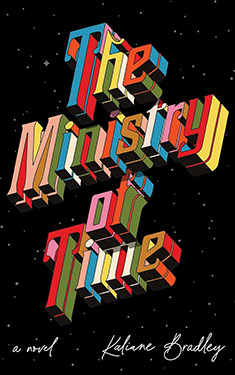
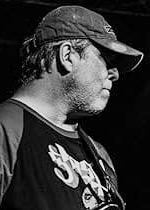
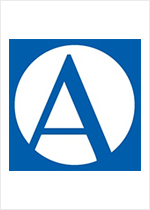


 Full Details
Full Details

